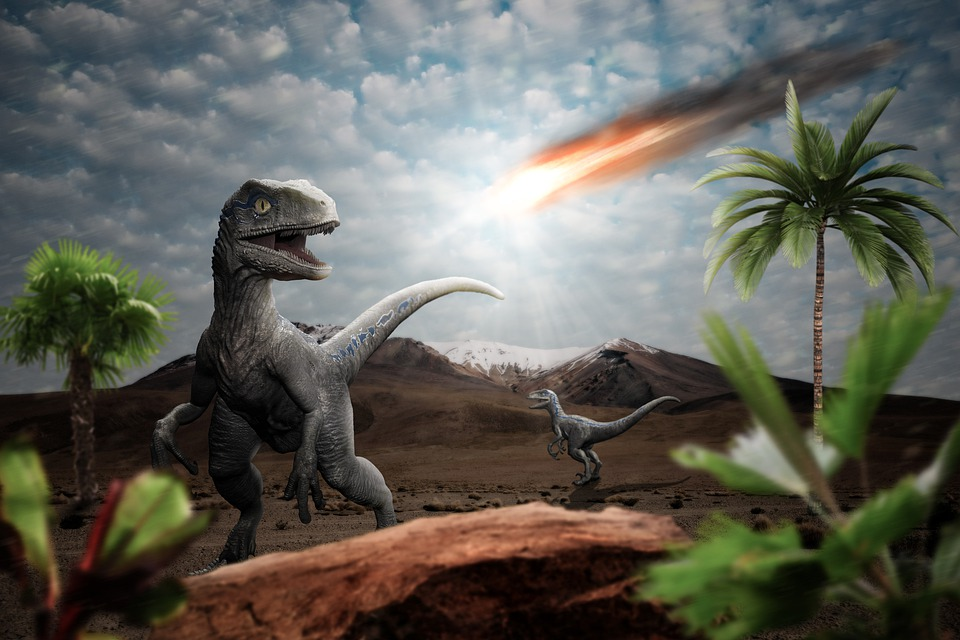The miles-wide asteroid that struck Earth 66 million years ago wiped out nearly all the dinosaurs and roughly three-quarters of the planet’s plant and animal species. It also triggered a monstrous tsunami with mile-high waves that scoured the ocean floor thousands of miles from the impact site on Mexico’s Yucatan Peninsula, according to a new University of Michigan-led study.
Image credits : pixabay
The study, scheduled for online publication Oct. 4 in the journal AGU Advances, presents the first global simulation of the Chicxulub impact tsunami to be published in a peer-reviewed scientific journal. In addition, U-M researchers reviewed the geological record at more than 100 sites worldwide and found evidence that supports their models’ predictions about the tsunami’s path and power.
The Energy Impact of the Tsunami
Image credits : University of Michigan News
How strong was the tsunami?
The study authors calculated that the initial energy in the impact tsunami was up to 30,000 times larger than the energy in the December 2004 Indian Ocean earthquake tsunami, which killed more than 230,000 people and is one of the largest tsunamis in the modern record.
The team’s simulations show that the impact tsunami radiated mainly to the east and northeast into the North Atlantic Ocean, and to the southwest through the Central American Seaway into the South Pacific Ocean. In some areas the underwater current speeds likely exceeded 20 centimeters per second.
According to the team’s simulation
- One hour after impact, the tsunami had spread outside the Gulf of Mexico and into the North Atlantic.
- Four hours after impact, the waves had passed through the Central American Seaway and into the Pacific.
- Twenty-four hours after impact, the waves had crossed most of the Pacific from the east and most of the Atlantic from the west and entered the Indian Ocean from both sides.
- By 48 hours after impact, significant tsunami waves had reached most of the world’s coastlines





